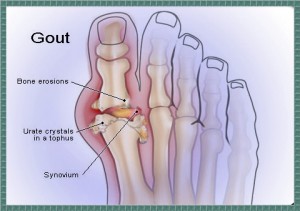What Type of Health Insurance Covers Migraines?
Headaches and migraines can be quite a pain in your life because with the nausea, visual distortions and upheavals in your social life, you tend to suffer much more than you deserve. There are many types of health insurance but most of us have never even wondered if there is health insurance for people who suffer from frequent headaches or migraines.
Migraine health insurance does exist which is great news for all of us considering the amount of effort and money that goes into treating the condition and effects of migraines. Normally looking for a health insurance policy that covers migraines is not an easy job itself because it requires understanding what therapies are good for headaches. It also requires you to haggle over the costs normally provided by migraine health insurance and all associated expenses. Some of the most common tips and recommendations regarding the types of health insurance that cover migraine have been presented here so that you can literally avoid the additional headache involved with trying out different policies before you find the most convenient one.

First and most importantly, make sure you know the fine print of any migraine health insurance policy that you lay your hands on. In fact, all medicine industry representatives and physicians agree with this recommendation because they know that many people who buy such policies without going over the minute details. The main reason for this is most insurance plans have many fine print details using difficult language that is hard for common people to interpret. However, because it is almost necessary to do it anyway, migraine health insurance companies should be asked direct questions about the policy instead. In short, know everything and anything to avoid any sort of frustration or complications later on.
Secondly, finding and then keeping a doctor that is also a migraine specialist is a great thing that you can do for yourself. This is because you cannot deal with your chronic headache condition and look for types of health insurance that covers migraine on your own. Once you have a good healer for yourself, knowhow the medicine industry works, then together, you can work out a case that will cover the treatment required as well as the medicine that works well for you. When there are two people in your team, then both of you can verify the documents that need to be sent to the insurance company. With the help of your doctor, you should also keep a journal that highlights the details of your migraine issues, the medications you take and the intensity and lengths of your migraine attacks.
In addition to all of this, do some individual research on your own regarding the Types of Insurance plans that cover chronic headaches and migraines. It is possible that the treatment prescribed by your physician, such as acupuncture, may not be offered by your preferred benefit plan at all. This is another way your doctor




